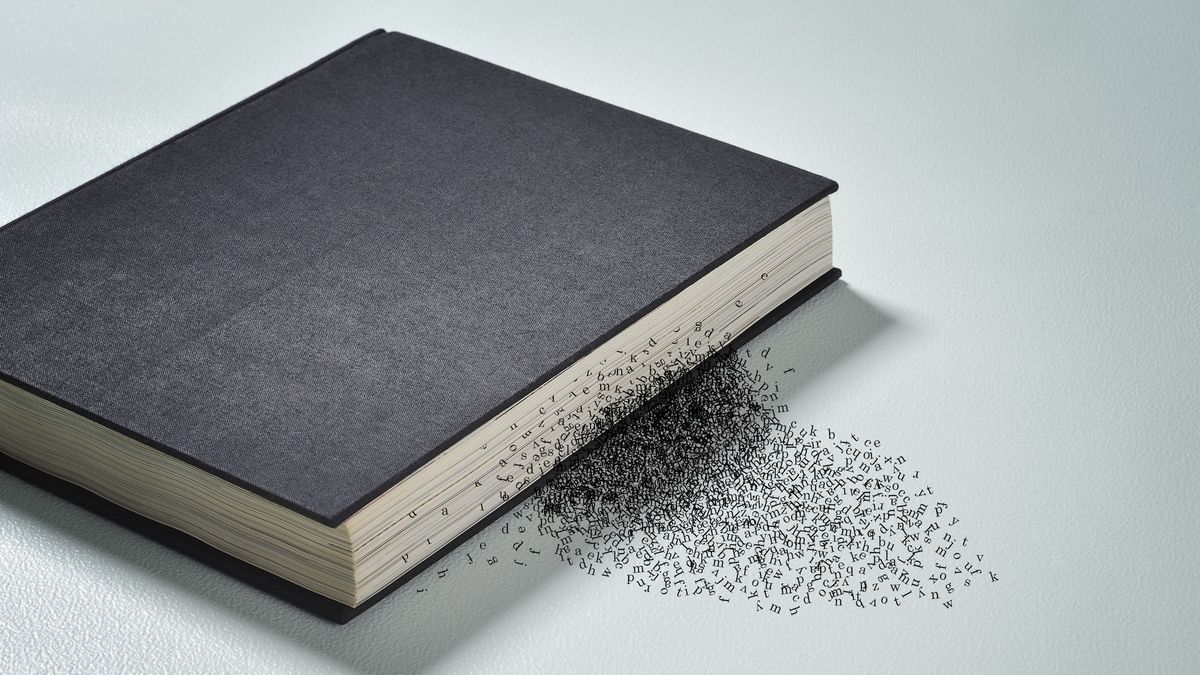Now Reading: Ancient Sundial Resembling Pork Leg Linked to Julius Caesar’s Father-in-Law Unearthed Near Mount Vesuvius
-
01
Ancient Sundial Resembling Pork Leg Linked to Julius Caesar’s Father-in-Law Unearthed Near Mount Vesuvius
Ancient Sundial Resembling Pork Leg Linked to Julius Caesar’s Father-in-Law Unearthed Near Mount Vesuvius

Quick Summary
- Name: Prosciutto di Portici
- Description: A silver-plated bronze portable sundial shaped like a ham.
- Origin: Villa of teh Papyri, Herculaneum (near Naples, Italy).
- Timestamp: Created between 8 B.C. and A.D. 79 and buried during Mount Vesuvius’ eruption in A.D. 79.
- Discovery: Found by archaeologists in 1755; initially mistaken for a miniature ham sculpture before identifying it as an ancient Roman sundial.
- Details:
– Measures approximately 4.4 x 3 inches with incised lines,Latin letters denoting months,and positions calibrated for ~41°N latitude (Herculaneum’s region).
– The gnomon (“hand” of the sundial), shaped like a pig’s tail, is missing.
– Abbreviations like “AU” for August date the artifact to sometime after Sextilis was renamed Augustus in honor of Emperor Augustus around 8 B.C.
– Debate continues on its accuracy; scholars suggest it was more decorative than functional due to error margins ranging from tens of minutes to precision at half-hour increments.
Indian Opinion Analysis
The discovery of artifacts such as the Prosciutto di Portici reinforces deeper insights into ancient Roman life-its culture,technology,and pursuit of pleasure symbolized through artful design tied philosophically to epicurean ideals. While India’s archaeological heritage differs significantly from Rome’s narrative style or Mediterranean symbolism (e.g., linking pigs with indulgence), both showcase humanity’s ingenuity across eras.
For India specifically-where similarly unique tools or decorated objects linked directly with past figureheads exist-the analysis calls attention to how preservation informs contemporary studies on social hierarchies and scientific advancements within civilizations. India’s rich history could see greater spotlighting should technologies such as AI-reconstruction be used regularly here similarly facilitating Virtual detailed unfolding Wholly verified its readapted direct separating new till later growing lists records!
Read More here.

























